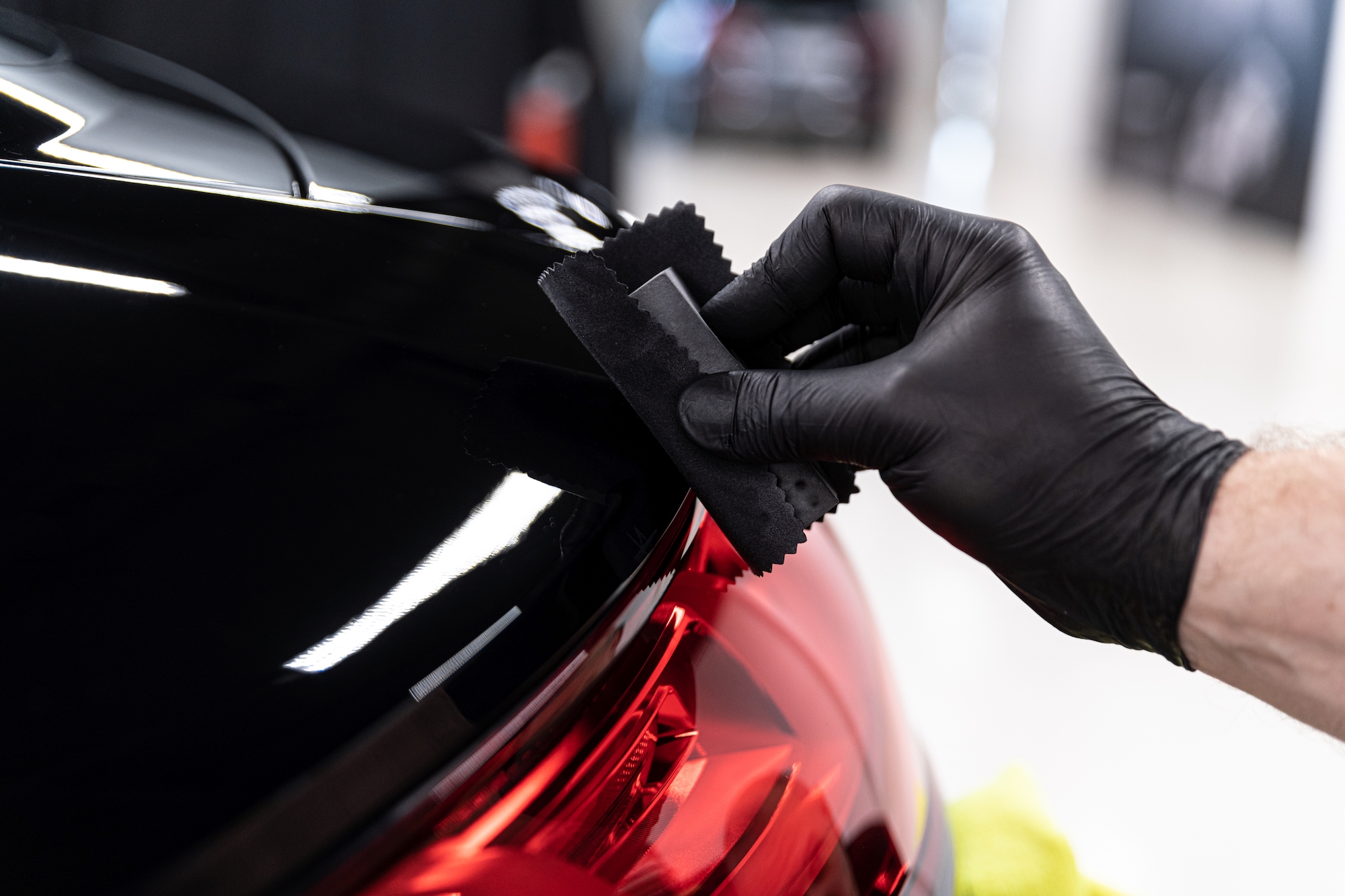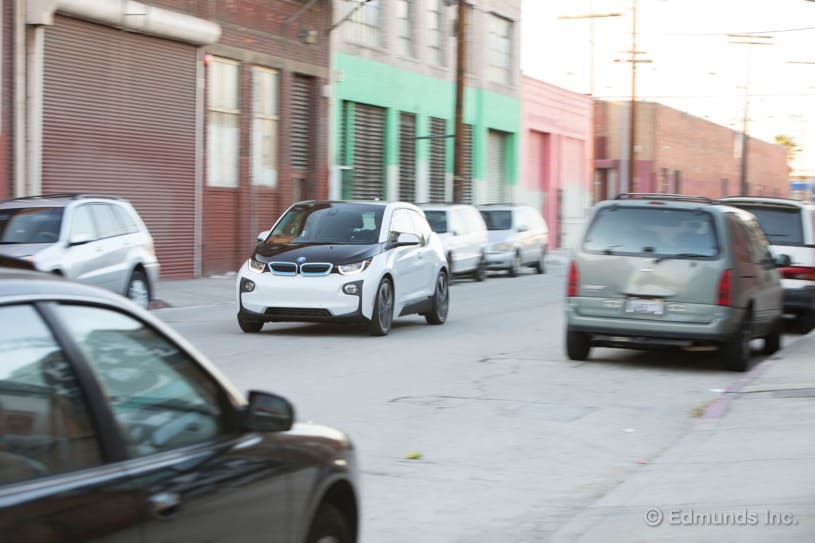Biden’s bold EV promise could re-shape the auto landscape
“The federal government … owns an enormous fleet of vehicles, which we’re going to replace with clean electric vehicles made right here in America made by American workers,” said President Joe Biden on Monday, signaling he’s willing to use his new office to kick off a transformative overhaul of the entire US automotive industry.
The US federal fleet is massive – somewhere around 650,000 vehicles (of which only 3,215 are currently electric), traveling 4.5 billion miles (7.2 billion km) and guzzling 375 million gallons (1.4 billion liters) of gasoline and diesel fuel every year. Biden hasn’t laid much out in the way of details yet, but two key goals are clear: reduce the US government’s environmental footprint, and give the American auto industry a shot in the arm.
Financial benefits should accrue over time, too; fuel and maintenance costs for electric vehicles are significantly lower than those of ICE vehicles, and many of these things – US postal vans, for example – do enough miles to bring break-even point much closer. Analysts predict Biden’s switchover could turn out to be a US$20+ billion project, but viewed as part of an economic stimulus and job creation package, as well as an opportunity to cut down ongoing maintenance expenses, that number looks less daunting.
And boy will it shake up the US auto industry, particularly since Biden also signaled he was planning to tighten up the definitions on what qualifies as “made in America,” to make sure taxpayer money ends up staying in the country as much as possible. And as Axios reports, there’s basically nothing on the market right now that meets Biden’s criteria using a unionized workforce, which may be another of the criteria.
Before these vehicles start rolling out, entire supply chains will need to rise up. New models will have to be developed fit for the government’s purposes, and the scale of EV manufacturing will need to advance dramatically. It may be 3-4 years before this executive decree starts bearing fruit, simply because the vehicles don’t exist yet.
Still, it’s a chance to deploy the deep pockets of the US Treasury to re-shape the American auto market into a sector that’s better equipped to compete in the electric future. A customer this huge is a monster opportunity, both for startups and also for established Motor City brands for whom serious volume could be the incentive they need to refocus their efforts. This kind of influx of EVs on the road will lead to better charging infrastructure for the rest of the market, too.
And while the current statement only covers federal vehicles, Biden said during his campaign that he planned to “make a major federal commitment to purchase clean vehicles for federal, state, tribal, postal, and local fleets.” It’s a bold move, but one that could re-shape the auto landscape for decades to come.








